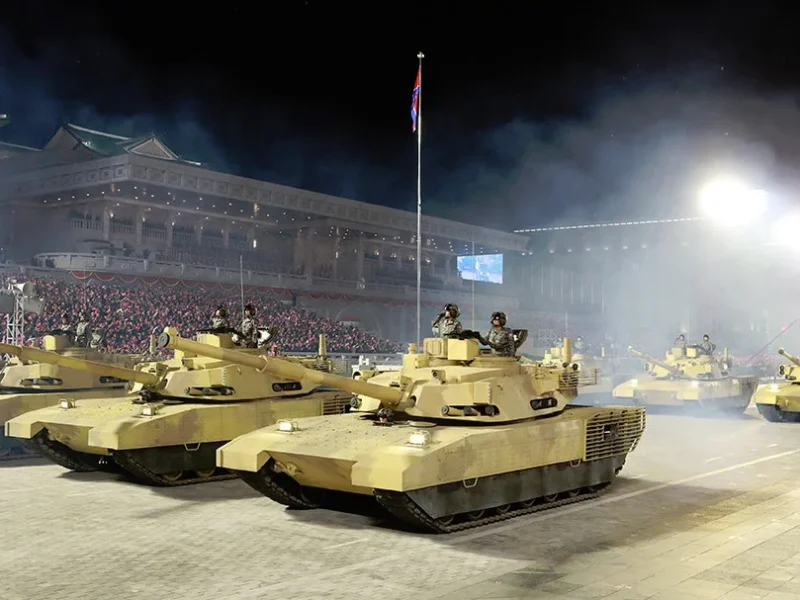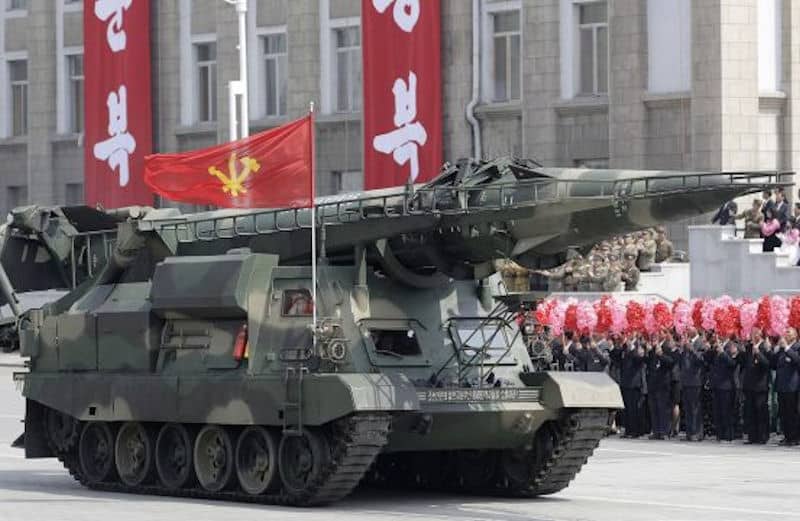For many Western countries, in Europe as in Asia, achieving a defense effort equal to 2% of its Gross Domestic Product constitutes a sufficient objective to guarantee its security, and even a very ambitious objective for some like Belgium which are struggling to achieve a defense effort of 1,5% of GDP. The perception is very different in other countries, depending on the perceived threat or the ambitions of its leaders. Thus, the United States devotes 3,7% of its annual production of wealth to its armies, and Russia will devote, in 2023, more than 5% of its GDP to this effort. South Korea, under threat from Pyongyang for more than 70 years, spends almost 2,8% of its GDP on this effort, where Taiwan devotes 2,5%. Some countries, finally, can rely on a very large GDP to finance their armies efficiently without devoting a large part of their GDP to it, such as China with an effort of 1,7% for a GDP of $17,800 billion, or Japan with 1% of its $5.000 trillion GDP. But very few countries devote more than 15% of their GDP to their defense. This is however the case of North Korea.
With a population of almost 26 million inhabitants for a GDP of only $18 billion, North Korea is one of the poorest countries on the planet, with a GDP per capita of less than $700 per year, barely 1,5% of the per capita GDP of a country like France. Even taking the conversion into purchasing power parity, bringing North Korea's GDP to $40 billion and GDP per capita to $1300, it remains 206th out of 230 in the ranking of countries on the planet. These catastrophic macroeconomic data, however, do not prevent the country from having a very powerful army, fielding more than 5.000 combat tanks, as many infantry fighting vehicles and armored personnel carriers, as well as nearly 10.000 pieces of 'artillery. Above all, it now has a nuclear stockpile estimated at around fifty warheads, and several hundred short-, medium- and long-range ballistic and cruise missiles, making it a very significant threat to its neighbors and to the South Korea in particular.

And it is not ready to stop. In fact, to support the statements made by President Kim Jung-un a few weeks ago, promising an "exponential" growth of the country's nuclear strike capabilities, the Pyongyang parliament validated a 1,7% increase in the country's defense spending for 2023, bringing these to 15,9% of its GDP, or around $4 billion according to the macroeconomic data actually available. Since Kim Jong-un came to power in December 2011, North Korea's annual defense budget has been multiplied by 5, and the defense effort by nearly 2,5, which has enabled spectacular progress observed in recent years of the means available to the North Korean armies, in particular in the field of missiles, whether ballistic, cruise, anti-aircraft or anti-ship, but also in the naval field with the arrival of new ships and submarines, and in land armaments with new armor and artillery systems. Obviously, today, the whole country, and its economy, has turned to the development of its military capabilities.

75% of this article remains to read,
Subscribe to access it!
The Classic subscriptions provide access to
articles in their full version, and without advertising,
from 6,90 €.
Newsletter subscription
Register for the Meta-Defense Newsletter to receive the
latest fashion articles daily or weekly


[…] […]